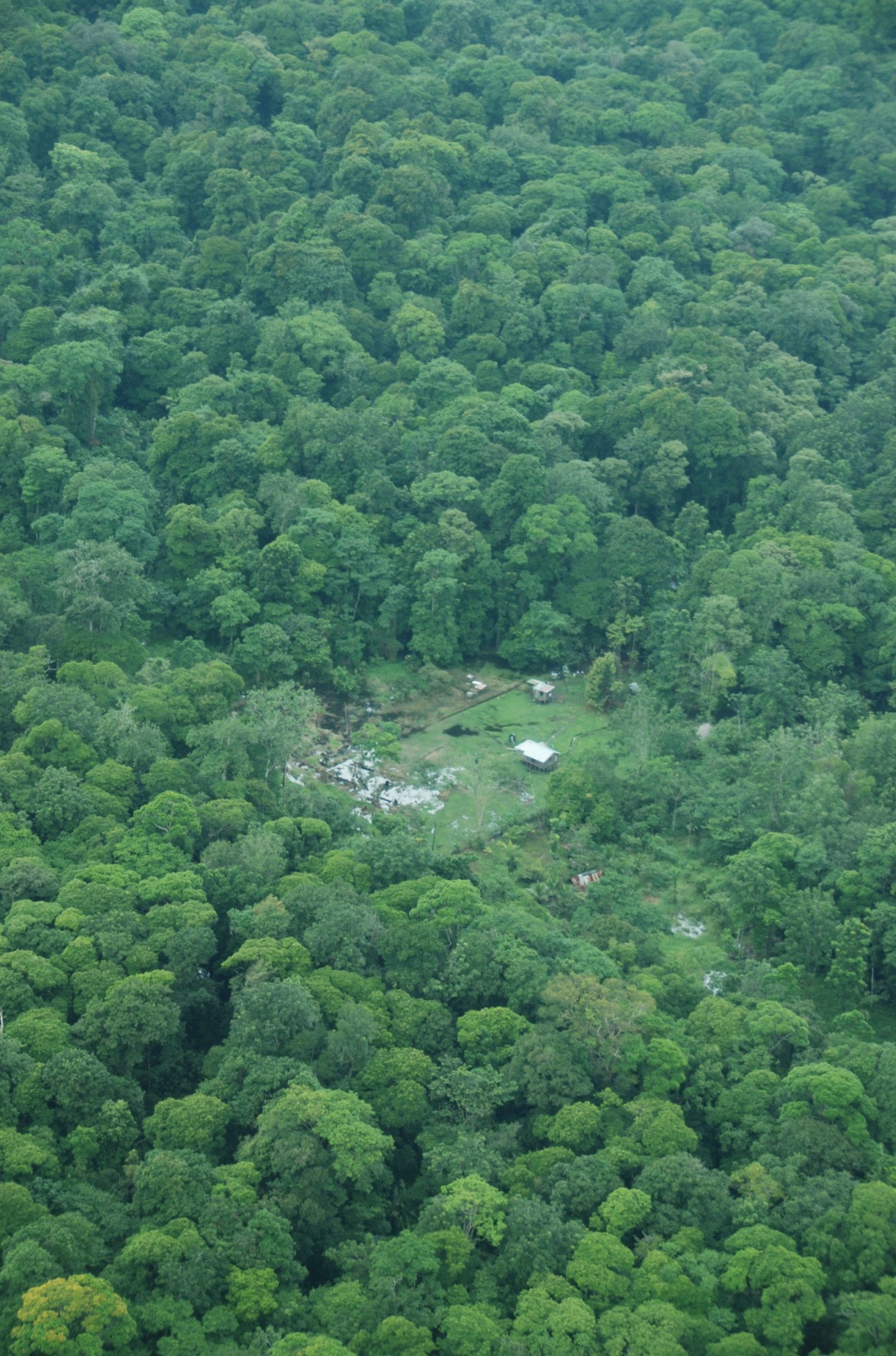 The Amazon rainforest could approach a tipping point, which could lead to a large-scale collapse with serious implications for the global climate system. A new Nature study by scientists from the Potsdam Institute for Climate Impact research (PIK) reveals that up to 47% of the Amazonian forest is threatened and identifies climatic and land-use thresholds that should not be breached to keep the Amazon resilient. “The Southeastern Amazon has already shifted from a carbon sink to a source—meaning that the current amount of human pressure is too high for the region to maintain its status as a rainforest over the long term. And, since rainforests enrich the air with a lot of moisture which forms the basis of precipitation in the west and south of the continent, losing forest in one place can lead to losing forest in another in a self-propelling feedback loop or simply ‘tipping,'” states the study.
The Amazon rainforest could approach a tipping point, which could lead to a large-scale collapse with serious implications for the global climate system. A new Nature study by scientists from the Potsdam Institute for Climate Impact research (PIK) reveals that up to 47% of the Amazonian forest is threatened and identifies climatic and land-use thresholds that should not be breached to keep the Amazon resilient. “The Southeastern Amazon has already shifted from a carbon sink to a source—meaning that the current amount of human pressure is too high for the region to maintain its status as a rainforest over the long term. And, since rainforests enrich the air with a lot of moisture which forms the basis of precipitation in the west and south of the continent, losing forest in one place can lead to losing forest in another in a self-propelling feedback loop or simply ‘tipping,'” states the study.